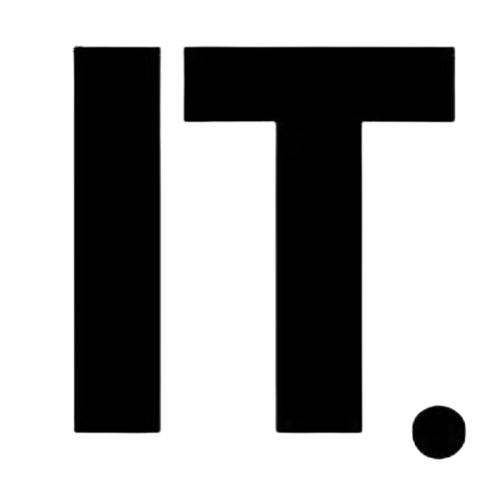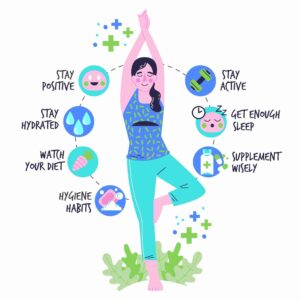Overview of the 6 Dimensions of Wellness and Well-Being
| Dimension | Focus Area | Key Practices | Benefits |
|---|---|---|---|
| Physical Wellness | Caring for your body through healthy habits | Exercise, balanced diet, rest, preventive healthcare | Increases energy, prevents disease, improves longevity |
| Emotional Wellness | Managing emotions and building resilience | Mindfulness, coping tools, gratitude, boundaries | Reduces stress, improves mood and relationships |
| Intellectual Wellness | Lifelong learning and creative thinking | Reading, problem-solving, curiosity | Enhances adaptability and mental agility |
| Social Wellness | Building meaningful connections | Communication, empathy, belonging | Boosts happiness, support, and well-being |
| Spiritual Wellness | Seeking purpose and peace | Reflection, mindfulness, faith, gratitude | Promotes balance, direction, and fulfillment |
| Vocational Wellness | Finding satisfaction in work | Purpose-driven career, balance, teamwork | Increases motivation and life satisfaction |
The Link Between Wellness and Well-Being
The six dimensions of wellness, when integrated, create a positive feeling of health and happiness. The Global Wellness Institute estimates that implementing wellness programs improves one’s satisfaction with life by 25% and more.
Harvard University has one of the longest ongoing studies of adult happiness. The main thing such adults have in common is the presence of strong relationships, meaningful, and productive work, which are fundamentals of lasting well-being.
Care for every dimension: the physical, emotional, intellectual, social, and spiritual-vocational, and you will make balanced layers that support and nourish every part of you.
The Essence of Wellness
Wellness is the state of conscious celebration of ongoing awareness and growth, and of the multiple dimensions of wellness.
Implement positive health actions, even in small ways, and you will cultivate a life that is rich, and fulfilling. Consistent small positive actions enrich your life in health and fulfillment.
Don’t miss – How to Stay Healthy Without Going to the Gym

FAQs About the 6 Dimensions of Wellness and Well-Being
1. What are the 6 dimensions of wellness?
The 6 dimensions of wellness are Physical, Emotional, Intellectual, Social, Spiritual, and Vocational wellness. Together, they form a holistic model for balanced living and well-being.
2. Who developed the concept of the 6 dimensions of wellness?
Dr. Bill Hettler, co-founder of the National Wellness Institute, introduced the concept to help people understand and improve different areas of their lives.
3. How is wellness different from health?
Health refers to the absence of illness, while wellness involves active, conscious efforts to improve one’s quality of life through balanced habits and mindset.
4. Why is physical wellness important?
Physical wellness builds the foundation for all other dimensions by maintaining energy, strength, and vitality through exercise, nutrition, rest, and preventive care.
5. What does vocational wellness mean?
Vocational wellness means finding purpose and satisfaction in your work or daily roles, aligning career goals with personal values, and maintaining work-life balance.
6. How can I improve my overall wellness?
You can improve wellness by focusing on small, consistent actions — like exercising regularly, fostering relationships, learning continuously, and practicing mindfulness.
7. What are the main types of well-being?
The main types of well-being are physical, emotional, social, spiritual, vocational, and, of course, intellectual. Each of these aspects adds to the overall happiness and satisfaction in life.
8. How are the dimensions of wellness connected?
All six dimensions are interdependent. Improving, say, the physical or emotional side of your life will benefit the rest and make life more balanced and enjoyable.
Related Articles –
Coconut Water Is Not Just a Refreshing Drink
Tried Everything? Here’s How to Hide a Pimple Without Makeup
Stillness Over Scroll: Rediscovering Wellness in Small, Quiet Ways






